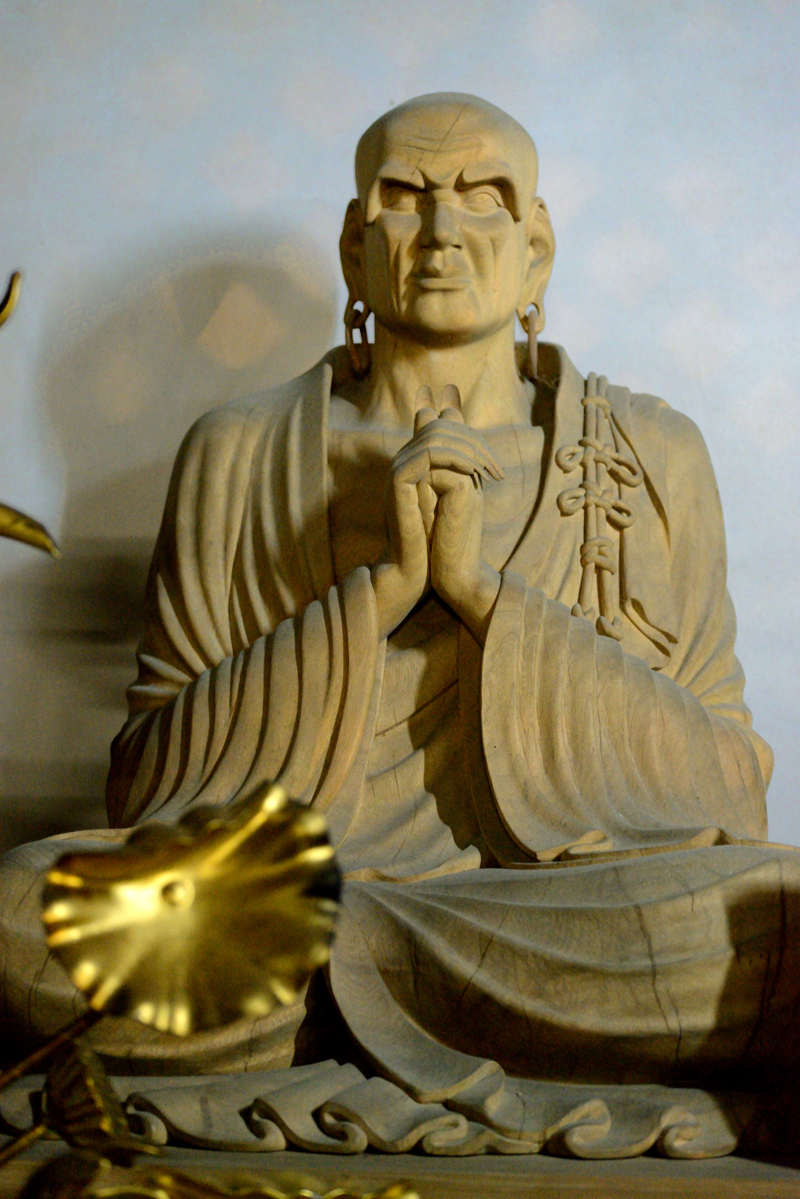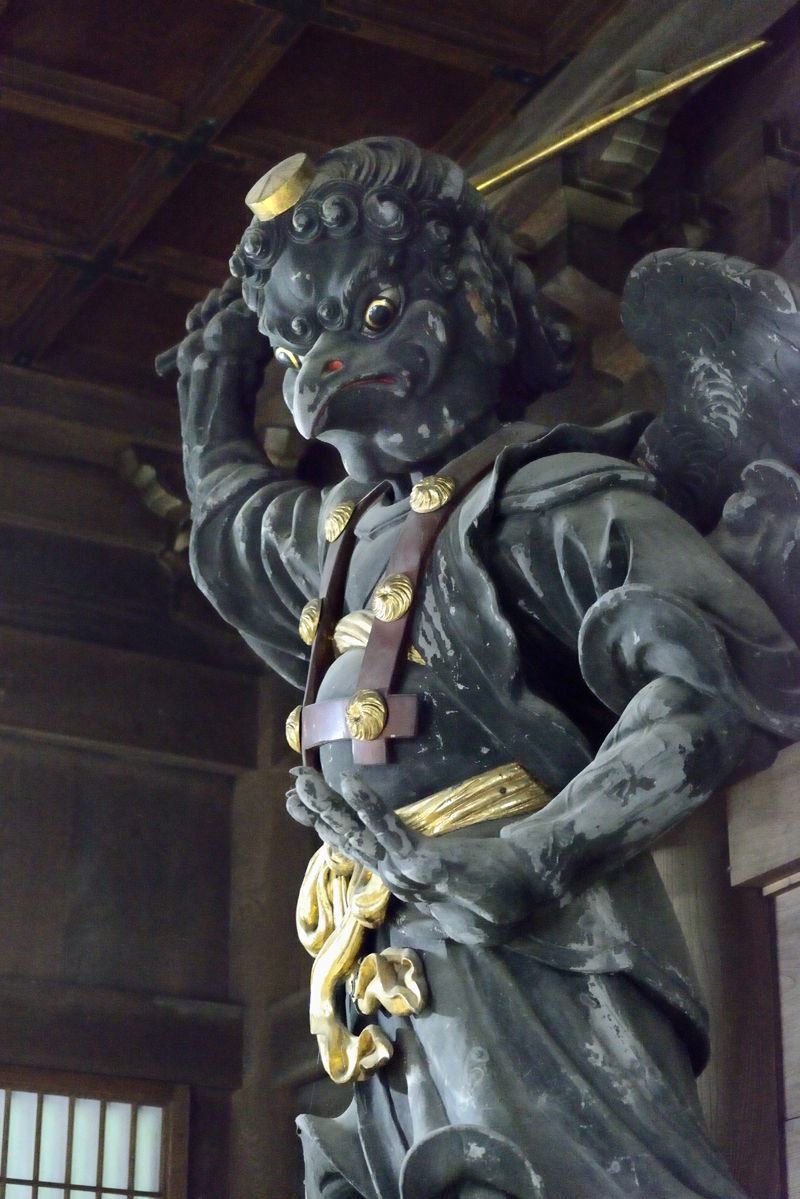
Believe It or Not – Most Gods Worshipped in Japan are of Indian Origin
There are deep meanings in Japaneese practices which take us back to early developments of philosophy in India. In many ways, the philosophic understanding is even better preserved in Japan. Yes, the Indian culture is deeply rooted in Japan and people in Japan worship many Indian Gods, which include Ganesha, Lord Shiva, Goddess Saraswati, and Lakshmi. There are hundreds of shrines to Saraswati alone, and innumerable representations of Lakshmi, Indra, Brahma, Ganesha, Garuda, Kubera and other deities. In fact, deities that Indians have practically forgotten, such as Vayu, Varuna and even Yama can be commonly spotted in Japan though in local names and forms.
This exchange of culture between these two nations is said to have begun in the 6th century. “These Indian deities were introduced from China into Japan as Buddhist deities with Chinese names,” writes Sengaku Mayeda of Japan’s Eastern Institute.
Let’s have a look!
Ganesha or Shoten, Unryun, Sennyuji, Kyoto
Shoten-cho in Tokyo is famous for its many temples and shrines. Shoten, the Noble God, is the Japanese form of Hindu deity ‘Ganapati’. He retains his physical features, such as his elephant head, in much of Japan’s Hindu iconography.

Saraswati or Benzaiten, Yoshiwara Jinja, Tokyo
Benzaiten is a particularly popular image in Japanese kitchens and described as one of the “Seven Lucky Deities” to be placed in a home for blessings. She still retains some of Saraswati’s attributes, known as the patroness of writers, composers, musicians and painters.

Yama, or Emma, Inoji, Kyoto

Bodhisena Statue, Ryosenji Nara
In the eight century, the Indian priest Bodhisena was invited to Japan by the Japanese Emperor, who conducted the eye-opening ceremony of great Buddha of the Todaiji temple in 752. Bodhisena is believed to have been in South India.

Chitragupta, or Gusho-jin, Inoji, Kyoto
He is the record keeper for Yama, as in the Indian tradition.

Garuda or Karura, Daiyuzan-Saijoji, near Odawara

Agni or Katen, Screen Painting, Daigoji, Shiga Prefecture

These pictures, which are shown above, were taken by the famous cultural historian and photographer, Professor Benoy K Behl, who made a deep study of all this and presented his findings in photographs in an exhibition at the Japan Foundation Gallery, New Delhi in September 2015.